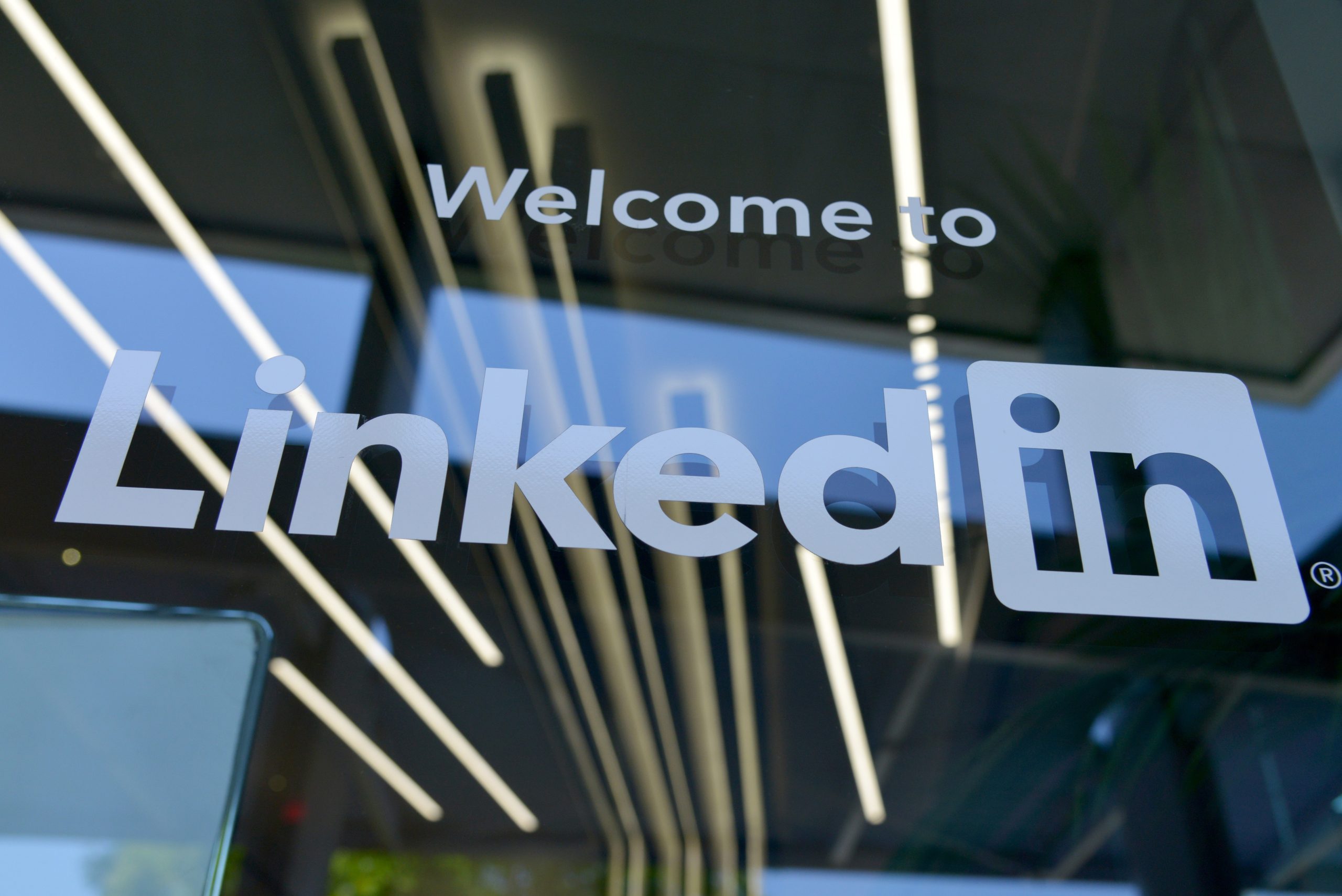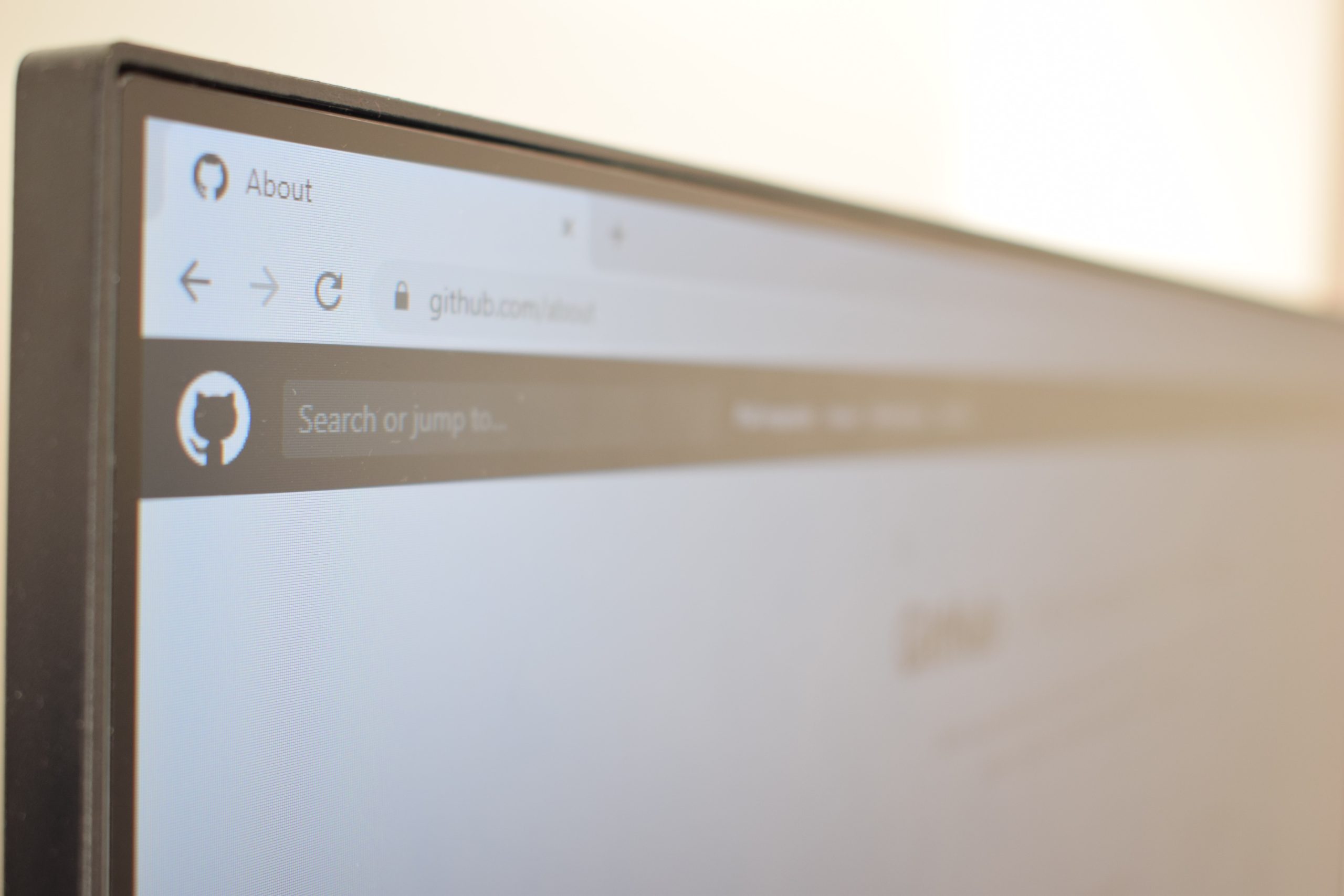When you think of the word ‘hacker’, what do you picture in your mind? Is it the stereotypical image of a man in a black hoodie, wearing a mask, with a disguised voice, tapping away at his multiple screens in a dingy room? You’d be forgiven for thinking that when that’s the overriding image. However, we’re in 2022. As technology moves on in our normal lives, you best believe it’s moving on in the world of cybercrime too, with automated hackers looking to steal your data while the minds behind them leave them to it.
In this day and age, nearly all tools at a hacker’s disposal will rely at least in part, on some kind of automation. It’s used to sift through the data gained from hacking attacks and pick out the most valuable stuff like financial details to sell on the dark web. It’s also used to guess passwords in brute force attacks, and it’s even used for sending the most annoying spam emails – things like fake vouchers and get rich quick schemes.
Three of the most common cyber attacks
To learn more about the ways hackers gain access to your personal and business data, you can visit our “ethical hacking” page to watch an ethical hacker demonstrate doing their worst in real-time.
Email ransomware
This is where a criminal gains access to your machine and encrypts all of your files demanding that a ransom be paid. Sometimes this could be carried out as simply as spoofing an HMRC email, and getting you to click on a dodgy PDF link. In reality, something as simple as clicking a link could compromise your machine, as well as the entire network.
This often leaves business owners no real choice other than to pay the ransom, but there really isn’t a guarantee that the criminal will give you access back. They could demand more money, or even disappear without a trace.
Fake login portals
You might pride yourself on being able to spot a scam a mile off, but what about on your worst possible day. You’re tired, you’re distracted, and you could really do without having to re-enter your Microsoft login details, but you do it anyway, following the instructions in the email you were sent.
That scarily accurate email, looking just like it was from Microsoft, only it wasn’t. It was a cybercriminal aiming to find out your login details. You might not even realise you’ve done it until it’s too late once the hacker has emailed a client pretending to be you, asking for money to be paid into a different bank account, and you’ve lost thousands. This is sometimes called a “middle man” attack.
Do the damn updates!
If we’ve said it once we’ve said it a thousand times. Updates might take a chunk of time out of your day, but they’re really important. They often contain security patches that fill in the holes that have been picked apart by cybercriminals and the software they use to find vulnerabilities in other software.
They can use this software to link with vulnerable machines and gain access to associated networks. They can then use the information to steal data, watch what you’re doing on your screen, or even spy on the office via webcam. DO. THE. UPDATES.
It’s maybe no surprise that 60% of small organisations who fall victim to a cyberattack, will close within 6 months of being attacked. That’s a huge number! It’s also the worst part of our job. We want to prevent attacks from happening, not just be there to pick up the pieces after it’s all gone wrong.
The only real way to beat the use of automated hackers and other tricks up cybercriminals’ sleeves, is to keep one step ahead of them. That’s something we can help you with, in a multitude of ways. Book a call with us to talk about your current security provisions, and how we can help you get the upper hand!

























































































